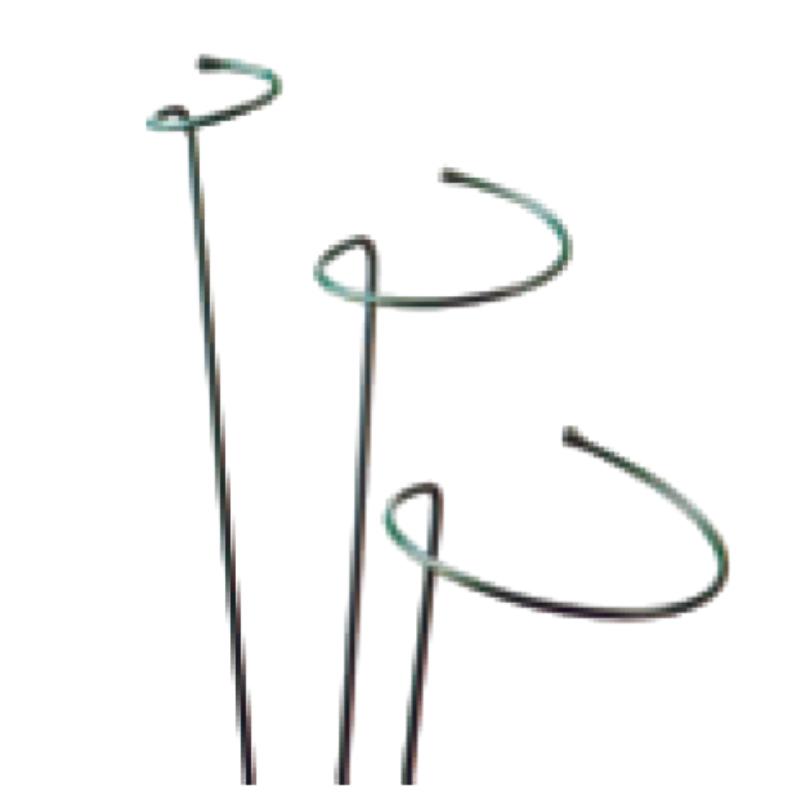-
Email:zhao@hyliec.cn
-
Tel:+86 311 85273988
-
WhatsAPP:8613931128750
-
 Afrikanac
Afrikanac -
 Albanac
Albanac -
 amharski
amharski -
 arapski
arapski -
 Jermenski
Jermenski -
 Azerbejdžanski
Azerbejdžanski -
 Basque
Basque -
 bjeloruski
bjeloruski -
 bengalski
bengalski -
 bosanski
bosanski -
 bugarski
bugarski -
 katalonski
katalonski -
 Cebuano
Cebuano -
 Korzikanac
Korzikanac -
 hrvatski
hrvatski -
 češki
češki -
 danski
danski -
 Dutch
Dutch -
 engleski
engleski -
 esperanto
esperanto -
 estonski
estonski -
 Finski
Finski -
 francuski
francuski -
 Frizijski
Frizijski -
 galicijski
galicijski -
 Gruzijski
Gruzijski -
 njemački
njemački -
 grčki
grčki -
 gudžarati
gudžarati -
 haićanski kreolski
haićanski kreolski -
 hausa
hausa -
 hawaiian
hawaiian -
 hebrejski
hebrejski -
 Ne
Ne -
 Miao
Miao -
 Mađarski
Mađarski -
 islandski
islandski -
 igbo
igbo -
 indonezijski
indonezijski -
 irski
irski -
 talijanski
talijanski -
 Japanski
Japanski -
 Javanese
Javanese -
 kanada
kanada -
 kazakh
kazakh -
 kmerski
kmerski -
 Ruandski
Ruandski -
 korejski
korejski -
 Kurdski
Kurdski -
 kirgiski
kirgiski -
 TB
TB -
 Latinski
Latinski -
 Latvian
Latvian -
 litvanski
litvanski -
 Luksemburški
Luksemburški -
 makedonski
makedonski -
 Malgashi
Malgashi -
 malajski
malajski -
 malajalam
malajalam -
 Maltezer
Maltezer -
 Maori
Maori -
 Marathi
Marathi -
 mongolski
mongolski -
 Myanmar
Myanmar -
 nepalski
nepalski -
 norveški
norveški -
 norveški
norveški -
 Occitan
Occitan -
 Pashto
Pashto -
 perzijski
perzijski -
 Poljski
Poljski -
 portugalski
portugalski -
 Punjabi
Punjabi -
 rumunski
rumunski -
 ruski
ruski -
 Samoan
Samoan -
 Scottish Gaelic
Scottish Gaelic -
 srpski
srpski -
 engleski
engleski -
 Šona
Šona -
 Sindhi
Sindhi -
 Sinhala
Sinhala -
 Slovak
Slovak -
 slovenački
slovenački -
 somalijski
somalijski -
 španski
španski -
 sundanski
sundanski -
 svahili
svahili -
 švedski
švedski -
 Tagalog
Tagalog -
 Tajik
Tajik -
 tamilski
tamilski -
 Tatar
Tatar -
 telugu
telugu -
 tajlandski
tajlandski -
 turski
turski -
 Turkmen
Turkmen -
 ukrajinski
ukrajinski -
 Urdu
Urdu -
 Ujgur
Ujgur -
 Uzbek
Uzbek -
 Vijetnamski
Vijetnamski -
 velški
velški -
 Upomoć
Upomoć -
 jidiš
jidiš -
 Yoruba
Yoruba -
 Zulu
Zulu
Metal Plant Supports
What Is The Support Structure Of A Plant?
The support structure of a plant refers to the system of tissues and organs that provide stability and enable the plant to maintain an upright position. This support structure includes several key components:
1. Cell walls: The rigid cell walls of plant cells provide structural support, especially in non-woody plants. The cell walls help maintain the shape and rigidity of the plant's cells, contributing to its overall structure.
2. Stems: Stems play a crucial role in supporting the plant and providing a framework for the attachment of leaves, flowers, and reproductive structures. The stems also facilitate the transport of water, nutrients, and sugars throughout the plant.
3. Roots: The root system anchors the plant in the soil, providing stability and support. Additionally, roots absorb water and nutrients from the soil, contributing to the overall health and growth of the plant.
4. Vascular tissues: Xylem and phloem are specialized tissues that form the plant's vascular system. Xylem transports water and minerals from the roots to the rest of the plant, while phloem transports sugars and other organic compounds to various parts of the plant.
5. Specialized structures: Some plants have specialized support structures, such as tendrils, thorns, or aerial roots, which aid in climbing, attachment, or additional support.
The combination of these structural elements allows plants to maintain their shape, withstand environmental forces, and support essential physiological processes.
Iron Plant Supports Faq
What are the benefits of using iron plant supports?
Iron plant supports offer durability and strength, making them suitable for providing robust support for heavy or sprawling plants. They can withstand the weight of mature plants and help maintain their shape and structure.
What types of plants are best supported by iron plant supports?
Iron plant supports are well-suited for providing support to a wide range of plants, including peonies, roses, delphiniums, and other tall or heavy-flowering perennials. They can also be used for supporting climbing plants such as clematis or sweet peas.
How should iron plant supports be installed?
Iron plant supports should be installed firmly in the ground to ensure stability. When supporting individual plants, place the support structure around the plant early in the growing season, allowing the plant to grow into and around the support naturally.
Are there different styles and designs of iron plant supports available?
Yes, iron plant supports come in various styles and designs, including hoop supports, grid supports, and individual stakes. These different designs cater to the specific needs of different types of plants and can provide effective support while enhancing the visual appeal of the garden.
How can iron plant supports be maintained?
To maintain iron plant supports, periodically inspect them for signs of rust or corrosion, especially if they are exposed to the elements. If rust is present, it can be removed using a wire brush, and the supports can be treated with a rust-resistant coating or paint to prolong their lifespan.






